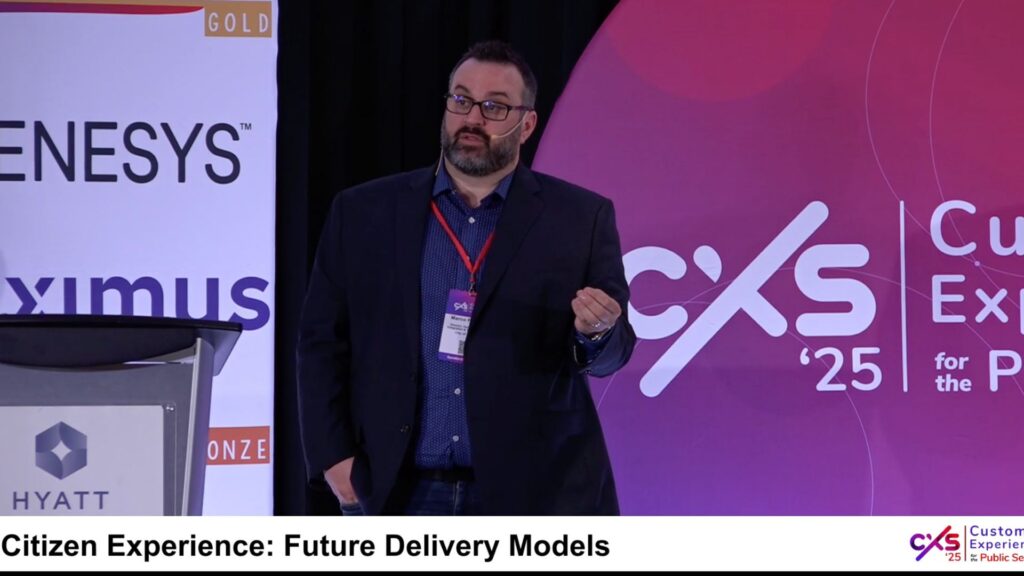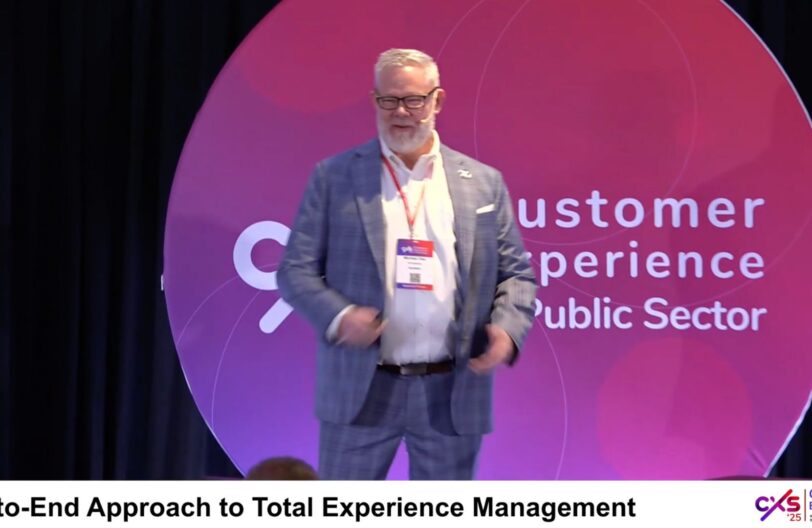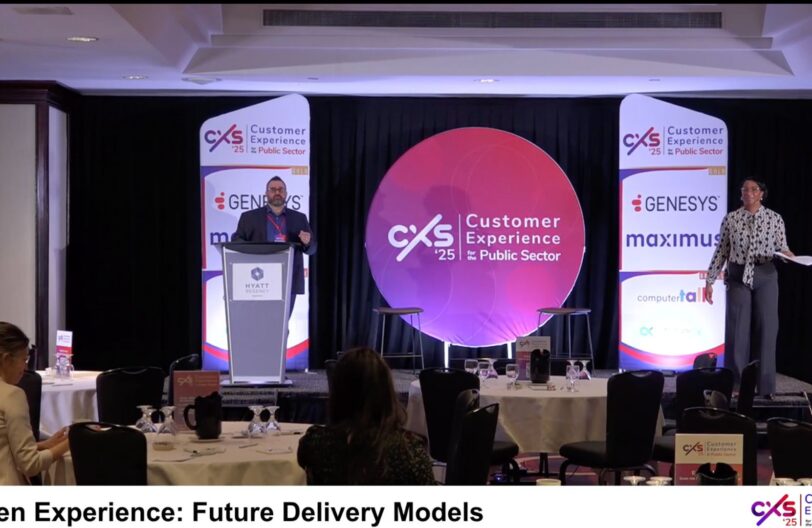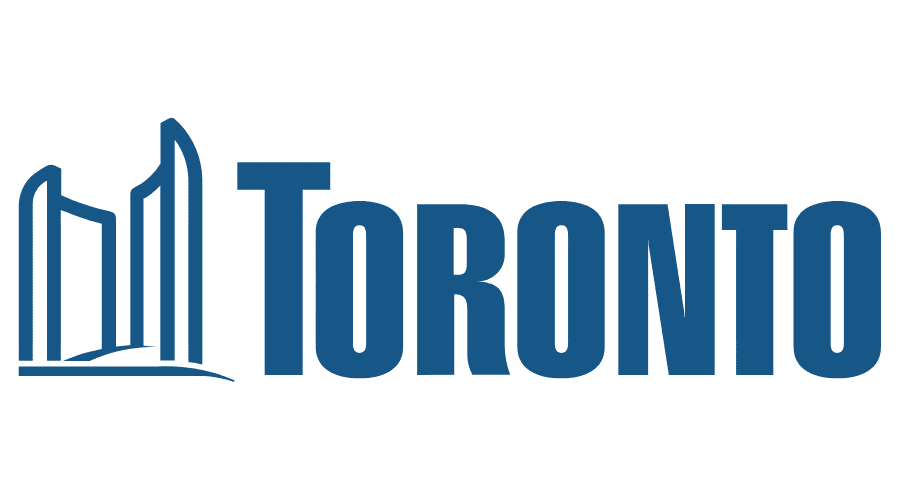In the complex world of government services, digital transformation isn’t just about technology—it’s about people. Marco Palermo’s approach to modernizing Toronto’s Human Services demonstrates critical change management insights that can revolutionize public sector innovation.
Lesson 1: Progress Over Perfection
Government agencies often get paralyzed by the pursuit of the perfect solution. Palermo’s pandemic-era business licensing project proves that a quick, imperfect digital solution is better than no solution at all. By digitizing processes in just six weeks, they transformed citizen experience without waiting for a flawless system.
Lesson 2: Break Down Complexity
Large-scale transformations can overwhelm teams. The key is decoupling complex processes into manageable components. By mapping out each program’s requirements and creating a modular approach, organizations can make change less intimidating and more achievable.
Lesson 3: Prioritize Employee Experience
Digital transformation isn’t just external—it’s internal. Recognizing the stress on caseworkers navigating multiple legacy systems, Palermo’s team focused on creating intuitive interfaces and integrated knowledge bases to support staff.
Lesson 4: Incremental Integration
Instead of ripping out entire legacy systems, implement a phased approach. Start with a core CRM, integrate gradually, and allow teams time to adapt. This reduces disruption and gives organizations breathing room to learn and adjust.
Lesson 5: Maintain a Clear Vision
Every transformation needs a “North Star.” For Toronto, it was creating an “Amazon-like” government service experience. This clear, relatable vision helps align teams and provides motivation during challenging transitions.
Successful change management in government isn’t about massive, expensive overhauls. It’s about strategic, human-centered approaches that prioritize progress, simplicity, and continuous improvement.






